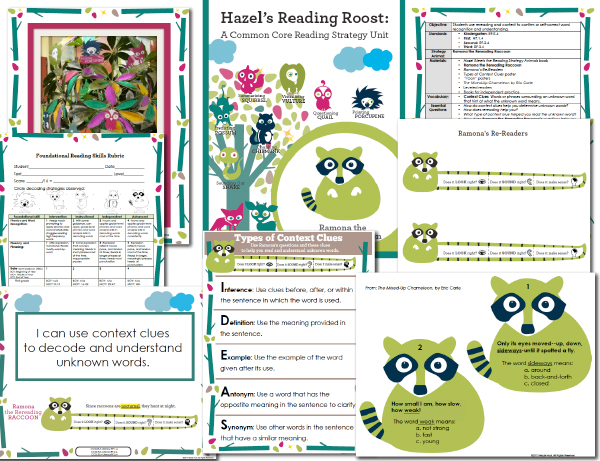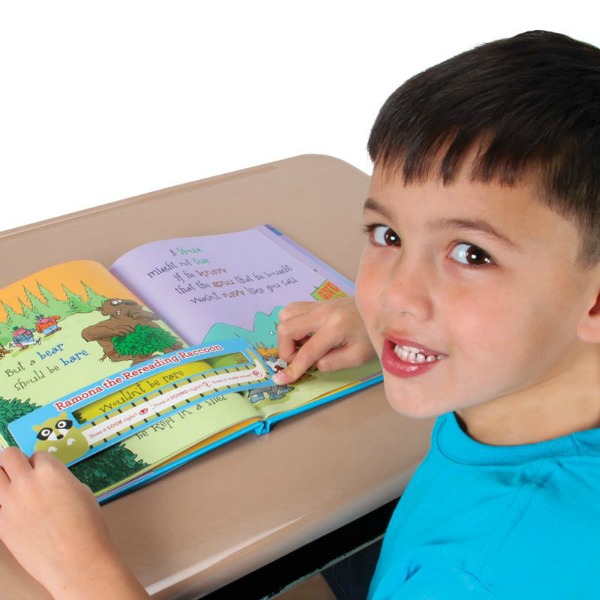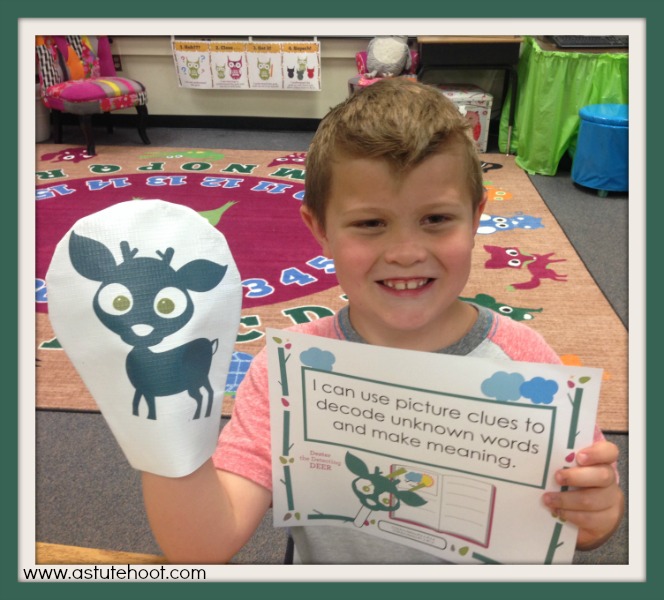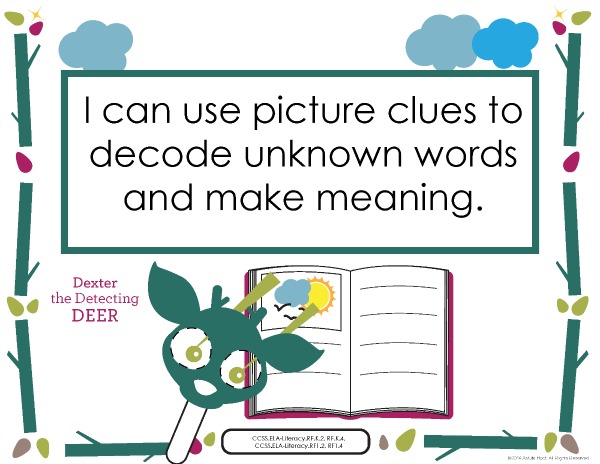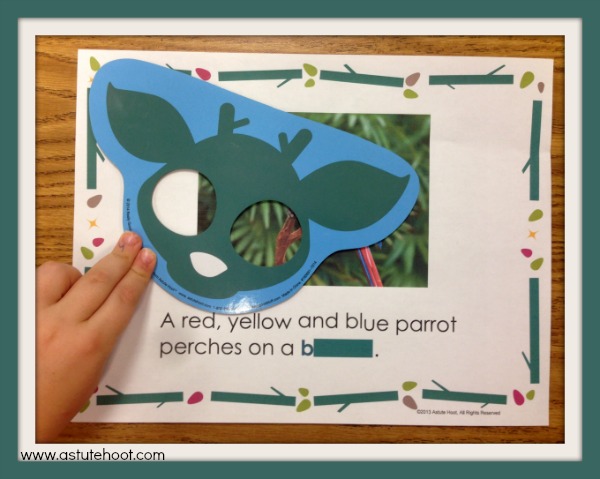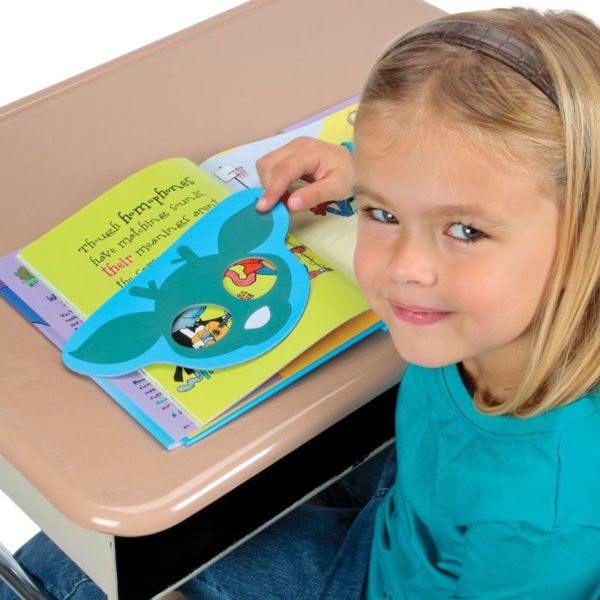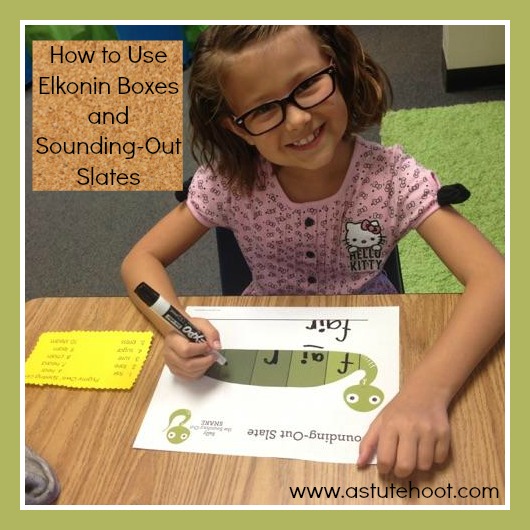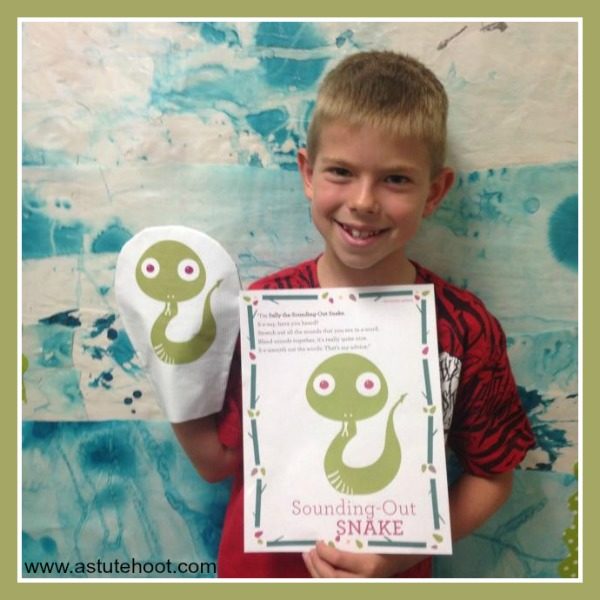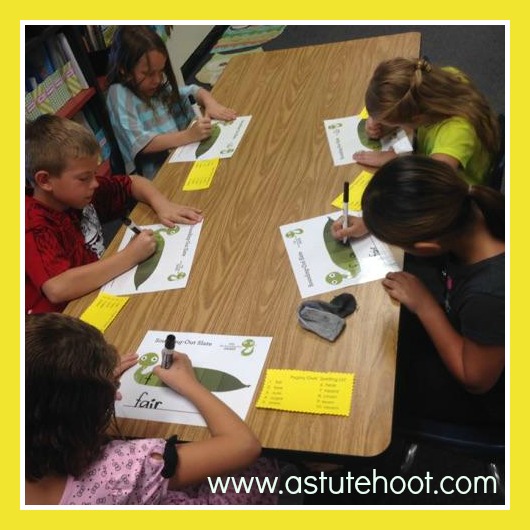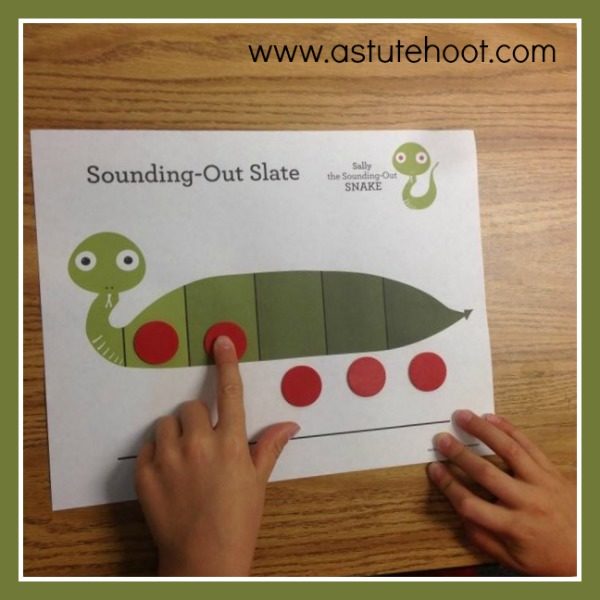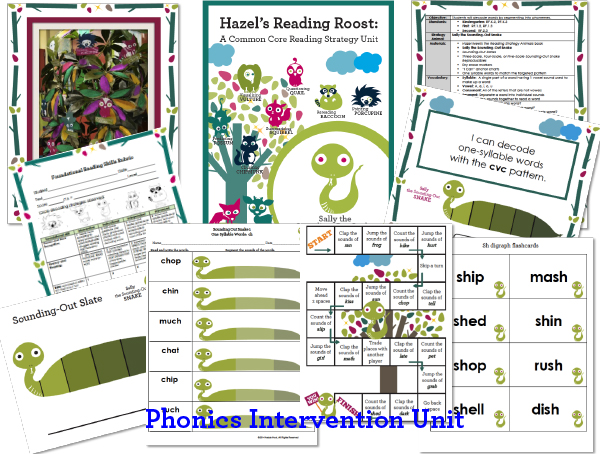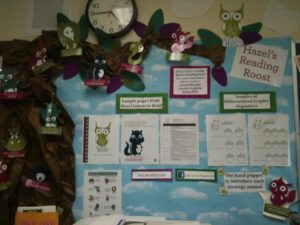Guiding Students to Use Context Clues Independently
“Hello, Ramona the Rereading Raccoon is my name.
Using context clues is my favorite game.
As you read, ask yourself:
Does it look right, does it sound right, and does it make sense?
I guarantee my strategy will make you less tense!”

Ramona the Rereading Raccoon is one our decoding strategy animals in Hazel’s Reading Roost. Ramona motivates students to use context clues independently. Read more about Ramona’s strategy below…
WHAT is rereading? Rereading along with using context clues can be used a word identification strategy. The context is the words, sentences, and ideas that come before and after a word or phrase. Context clues are words or phrases that hint at what the unknown word means. This helps readers build meaning to increase comprehension.
WHY is rereading important? Rereading using context clues is an essential decoding strategy that promotes independence in beginning readers. It also builds vocabulary, strengthens comprehension and can be used to build fluency.
HOW do I teach rereading? Explain that Ramona helps readers use clues from words and sentences surrounding an unknown word in order to decode it and make meaning. Provide explicit instruction in recognizing context clues and using them while reading authentic text. Incorporate think-alouds that focus on using each specific type of clue to decode and determine meaning (e.g., synonym, antonym, example, definition, inference). Model rereading the sentence and answering Ramona’s question prompts to determine if a word or meaning is correct.
Watch this video to see how to teach context clues in three easy steps:
WHEN should I use rereading? Explicit reading strategy instruction should be included in a balanced literacy program. Ramona the Rereading Raccoon can be incorporated into various components of literacy lessons. Here are some specific examples of when to use Ramona:
- Ramona’s Re-Readers: Divide students into pairs or work in a small reading group and distribute Ramona’s Re-Readers to each pair or student in the small group, keeping one to use. Read Ramona the Rereading Raccoon Poem to introduce the strategy of using context clues to decode words and make meaning. Select targeted unfamiliar words from text to model using Ramona’s Re-Readers by placing her “tail” beneath the sentence with the unknown word. Demonstrate reading around the word (i.e., read text before and after the word). Make a prediction about what the word could be or its possible meaning. Reread the entire sentence using the predicted word and ask the following questions to confirm accuracy, “Does it look right? Does it sound right? Does it make sense?”. Explain that if the answer is “yes” to all three questions, then the word is correct.

- Guided Reading: Review the strategy by reading the Ramona Rereading Raccoon Poem. Read aloud your selected guided reading text and model using Ramona’s Re-Readers. Distribute text and Ramona’s Re-Readers to each student. Call on individual students to use the Ramona’s Re-Readers as they read aloud if they get stuck on decoding a word or are unsure of a meaning. Prompt students to use the questions listed on the Ramona’s Re-Readers as they reread to self-assess and monitor understanding. Discuss the context clues students used to help them determine unfamiliar words and meanings. Encourage students to use Ramona the Rereading Raccoon’s strategy when they are reading independently as well.
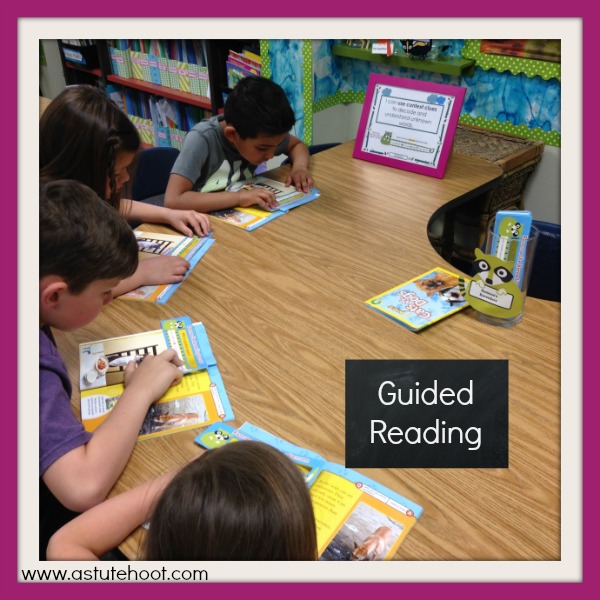
- Ramona’s Task Cards: For additional context clue practice, use Ramona’s Context Clue Task Cards during partner or independent work. Students read sentences selected from authentic literature and use Ramona’s strategy to decode and make meaning of the underlined word.
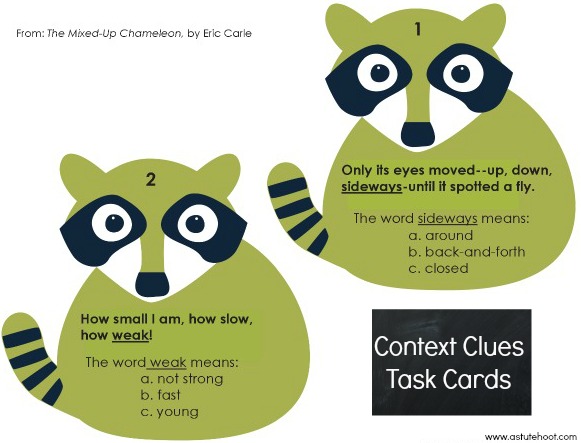
- Rereading Raccoon Center: Create a portable reading center: Place a Ramona’s Re-Reader and a book or text at students’ reading level in a large manila envelope with a copy of the Ramona Rereading Raccoon Poem glued onto the front. Instruct students that during center time they are to take an envelope to their desks and use the Ramona’s Re-Reader to use context clues and self-assess understanding while reading. Create several portable Rereading Raccoon centers using a variety of leveled texts.
- Independent Practice: Have Ramona’s Re-Readers available for student use during independent reading time. This promotes transfer of reading strategies and self-correction techniques while helping students stay focused on the text.
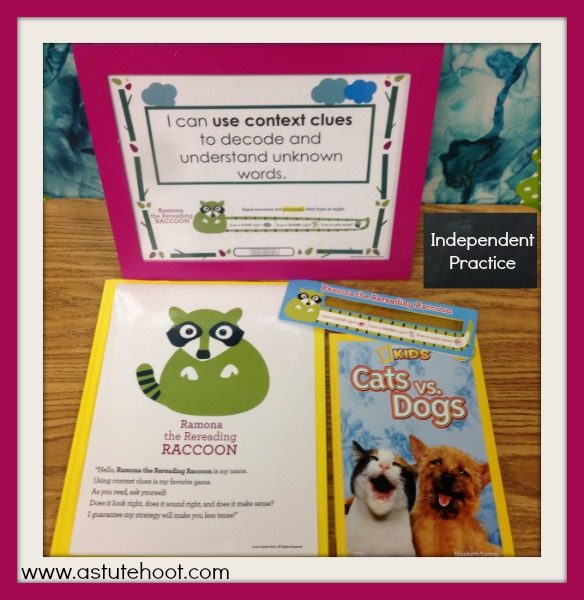
Helpful hints:
- Create a class set of Ramona’s Re-Readers. Print Ramona’s Re-Readers onto cardstock and laminate. Distribute to class and model how to use during reading. These can help keep students actively engaged during choral reading, independent reading and small group. Sturdy, pre-made Re-Readers can be purchased from Really Good Stuff here.
- Display an anchor chart of types of context clues. Print and post Types of Context Clues located in this folder or create your own anchor chart that includes the various types of context clues along with examples and visual cues. Display near your guided reading center for easy reference during reading time.
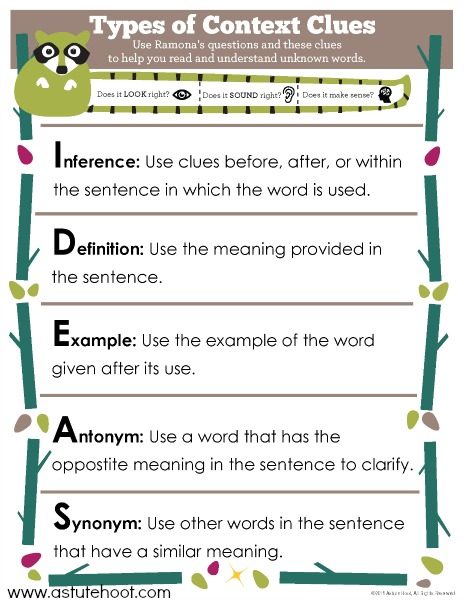
Ramona’s unit is perfect for general education, special education, RTI and reading intervention. Download the complete unit here.
